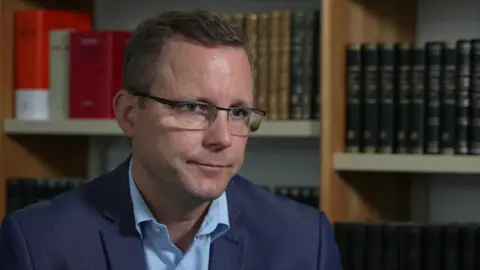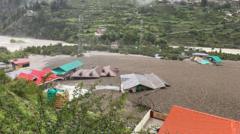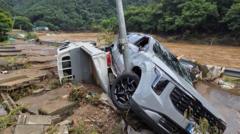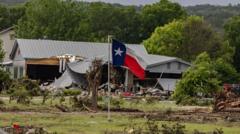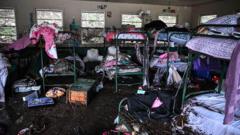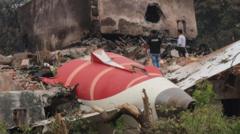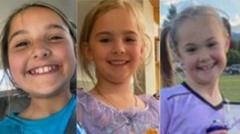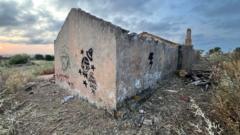Recent advancements in DNA analysis are transforming the process of identifying missing persons, particularly in the wake of global tragedies that leave many unaccounted for. Conflicts such as those in Ukraine, Myanmar, Sudan, and the Middle East, alongside climate-related disasters like wildfires and intense storms, have amplified the need for effective identification of remains.
Forensic scientists are now leveraging cutting-edge DNA methods to link living relatives with the deceased through highly degraded remains, bringing potential closure to families. A recent case involving the remains of unidentified soldiers from the Vietnam War exemplifies this innovation. As scientists refine DNA sequencing technologies, they foresee these techniques opening doors to resolving more challenging identification cases.
The latest breakthroughs highlight the evolution of DNA led identification over recent decades, focusing on technologies such as next-generation sequencing. These methods have remarkably improved the sensitivity and precision of DNA analyses, enabling experts to extract and analyze millions of DNA fragments, specifically single nucleotide polymorphisms (SNPs).
The International Commission on Missing Persons, established to address the identification of individuals lost during the Balkan Wars, acknowledges these innovative developments as significant progress. Preliminary findings from a program in Vietnam suggest that even bones significantly degraded by environmental factors can now yield accurate DNA profiles. Additionally, U.S. military scientists are making strides in analyzing remains dating back to World War II.
Hope is on the horizon as science continues to forge paths toward identifying the lost, granting families the answers they have long sought after.



